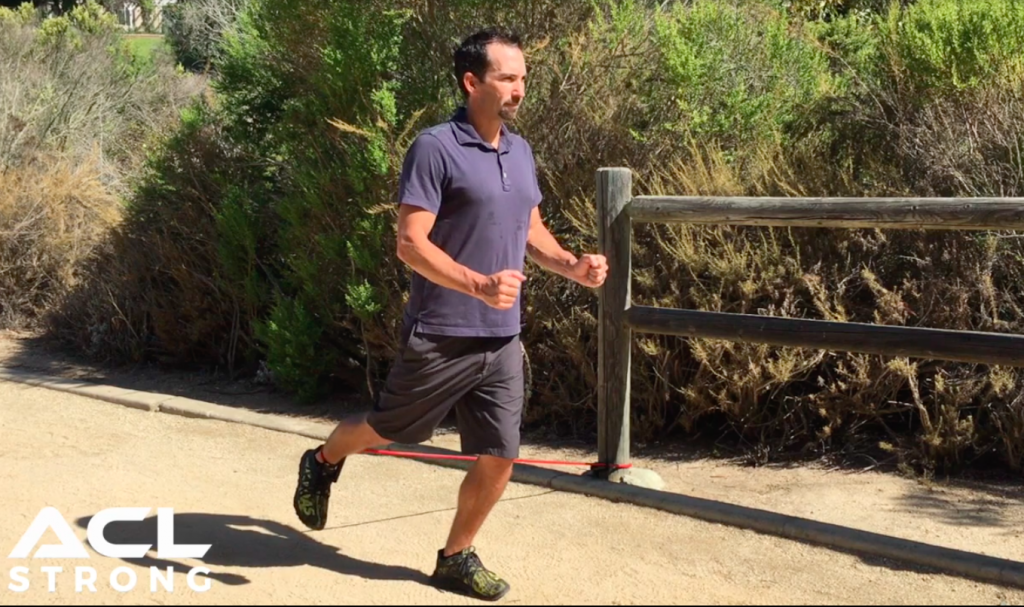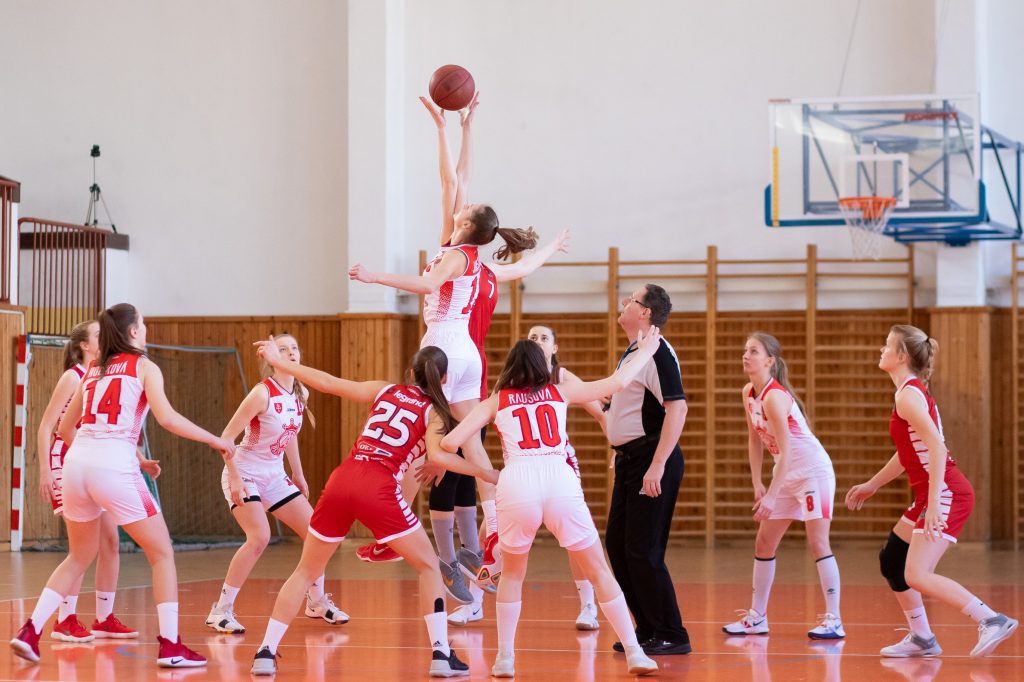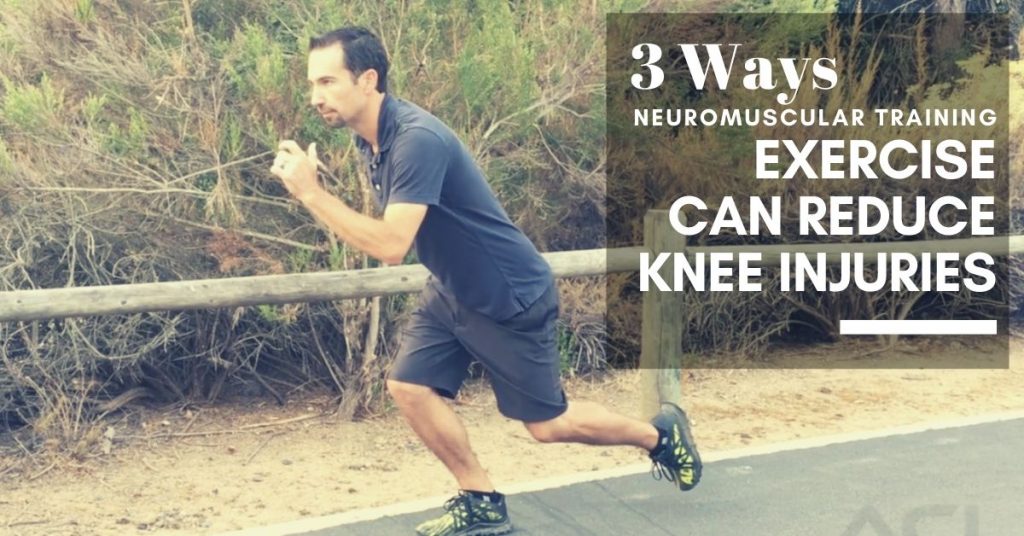Injury prevention is a hot topic every year as administrators, coaches, and athletes prepare to maximize success and minimize risk, particularly in sports with a high rate of knee injuries.
In the snowsports industry, knees hold the number one spot for injuries, costing millions of dollars per year and significant time lost. As ski area administrators gear up for the winter, hire new staff, and bring off-season ideas to fruition, there are always interesting discussions regarding protecting employees from injuries, particularly knee injuries involving the anterior cruciate ligament (ACL).
Similarly, over on the field and court, high school coaches fear losing another player to an ACL injury. Youth female soccer and basketball athletes reside at the top of list for the most common athletes to sustain these serious knee ligament injuries , which typically force them to the sidelines and into physical therapy for a year. The most successful coaches think proactively and strategize plans for a winning season by keeping athletes healthy and uninjured.
Someone once told me (actually, several people told me this), “whoever can figure out how to do something about the high rate of knee injuries is going to become very well-known.”
The solution is quite simple, but it only works if athletes DO IT. It takes a bit of effort and commitment, but you can reduce the risk of ACL and other knee injuries by 50-80%!
Exercise! Not just any random exercise, but a skilled neuromuscular training program has been proven to be extremely effective for protecting athletes in high-risk sports from major knee injuries, like torn ACLs.
Neuromuscular training is a type of exercise applied to a specific body region to improve the nervous system’s ability to generate a fast and optimal muscle firing pattern, to increase dynamic joint stability, to decrease joint forces, and to relearn movement patterns and skills.1
Neuromuscular training programs include balance exercises, dynamic joint stability exercises, jump-landing exercises, agility drills, and sport-specific strengthening exercises. Performing exercises that closely resemble movements in the athlete’s sport can make the program even more effective.

For athletes participating in sports that involve pivoting, jumping, and quickly changing directions and speeds, the risk of ligament injury is exceptionally high. Furthermore, an athlete with deficits in neuromuscular body control will experience greater rotational forces at the hip, knee, and ankle, making them more susceptible to a major ligament injury, such as a rupture of the anterior cruciate ligament. (most people without neuromuscular training experience will demonstrate deficits in body control.)
Many studies have proven that a 4-6 week neuromuscular training program significantly reduces knee ligament injuries, including anterior cruciate ligament injuries, as well as ankle sprains and other lower extremity injuries.2, 3, 4, 5, 6, 7
To put it simply, the mechanism that causes ligament injury is having a load applied to the ligament that is larger than the ligament’s capacity to sustain it (Load > Capacity). If we can reduce the applied load or increase a ligament’s ability to resist this load, then the risk of injury will be reduced.8
As we discuss load and capacity, please keep in mind that although we cannot typically control unexpected loads on our body during sport, with specific training, we CAN improve our ligaments’ capacity to handle the load. Thus, by improving capacity we are improving our tolerance to the extreme demands of our sport.
Below are 3 ways neuromuscular training exercise helps to reduce knee injuries…
1 Increased muscular strength and improved activation
A neuromuscular training program typically includes a gradual progression of sport-specific strengthening exercises for the legs and core, which stimulates gains in size, strength, and/or endurance of the muscles. Neuromuscular training improves communication between nerves and muscles so the muscles fire more quickly to protect the joints that they surround. For example, the quadriceps and hamstrings muscles co-contract in response to knee joint movement, thereby protecting the knee ligaments from dangerous forces.
2 Increased ligament tolerance
Balance, proprioception, and joint stability exercises can help to increase the capacity that a ligament is capable of handling. Physiological adaptations occur at the cellular level when stress is applied to soft tissues, such as ligaments and tendons, resulting in better tolerance to that stress.9, 10 In terms of prevention, this means that a gradual progression of applied stress on a ligament can result in improved integrity, improved tensile strength, quicker reflexes, and greater resilience to injury. This principle is the basis of using simple exercises to challenge joint stability, while at the same time applying a controlled, progressive load to the ligaments to improve capacity.
3 Increased body control for safer movement patterns
One of the most important aspects of a neuromuscular training program is repetition of proper movement patterns, keeping joints in a neutral alignment, away from dangerous end-range stress. Learning proper landing mechanics, shock absorption, and even how to fall safely when necessary can be life-savers when it comes to decreasing load to prevent a major ligament injury.11, 12 Neuromuscular training programs are more than just isolated exercises because they involve body control through the entire kinetic chain, from the foot to the trunk. Coordinating smooth movement across the hip, knee, and ankle during a squat or landing from a jump is one example of how this specialized training promotes muscular co-contraction, timing, proprioceptive awareness, and postural control during sport-specific movements. By practicing safe patterns and becoming more aware of what “correct” movement feels like, participants are more capable of producing the safer pattern on the mountain, field, or court.
The concept of exercise for injury prevention is quite simple, although development of an effective neuromuscular training program requires a skilled, strategic design.
Athletes who proactively spend 15-20 minutes on neuromuscular training exercises can save their knees and avoid a preventable, life-changing, possibly career-ending knee ligament injury, like a torn ACL. Isn’t it worth it?


References
1. Risberg MA, Mørk M, Jenssen HK, et al. “Design and Implementation of a Neuromuscular Training Program Following Anterior Cruciate Ligament Reconstruction. “ Journal of Orthopedic and Sports Physical Therapy. Nov;31(11):620-31.
2. Sadoghi P, Von Keundell A, Vavken P. “Effectiveness of anterior cruciate ligament injury prevention training programs.” Journal of Bone and Joint Surgery. May 2012. 769-776.
3. Lopes TJA, Simic M, Myer GD, et al. “The Effects of Injury Prevention Programs on the Biomechanics of Landing Tasks: A Systematic Review With Meta-analysis.” American Journal of Sports Medicine. July, 2017.
4. Voskanian N. “ACL Injury prevention in female athletes: review of the literature and practical considerations in implementing an ACL prevention program.” Current Review Musculoskeletal Medicine. Jun 2013. 158-163.
5. Webster KE., Hewett TE. “Meta-analysis of meta-analyses of anterior crucial ligament injury reduction training programs.” Journal of Orthopedic Res. May 2018.
6. Sugimoto D1, Myer GD, Bush HM, et al. “Compliance with neuromuscular training and anterior cruciate ligament injury risk reduction in female athletes: a meta-analysis.” Journal of Athletic Training. 47(6) 2012:714-23.
7. Lopes TJA, Simic M, Myer GD, et al. “The Effects of Injury Prevention Programs on the Biomechanics of Landing Tasks: A Systematic Review With Meta-analysis.” American Journal of Sports Medicine. 46(6) 2018. 1492-1499.
8. Lloyd DG. “Rationale for training programs to reduce anterior cruciate ligament injuries in Australian Football.” Journal of Orthopedic and Sports Physical Therapy. 2001 Nov;31(11):645-54; discussion 661.
9. Benjamin R. Freedman, Ashley B. Rodriguez, Ryan J. Leiphart, et al. “Dynamic Loading and Tendon Healing Affect Multiscale Tendon Properties and ECM Stress Transmission.” Scientific Reports. 2018 Jul 18;8(1).
10. R. Bruce Martin, David B. Burr, Neil A. Sharkey. “Mechanical Properties of Ligament and Tendon.” Skeletal Tissue Mechanics. 2015. pp 309-348.
11. Markström JL, Grip H, Schelin L. “Dynamic knee control and movement strategies in athletes and non-athletes in side hops: Implications for knee injury.” Scandanavial Journal of Medicine in Science and Sports. 2019 Aug;29(8):1181-1189.



